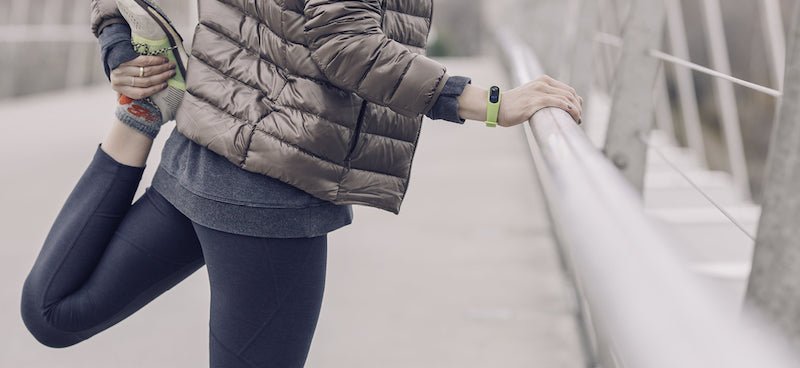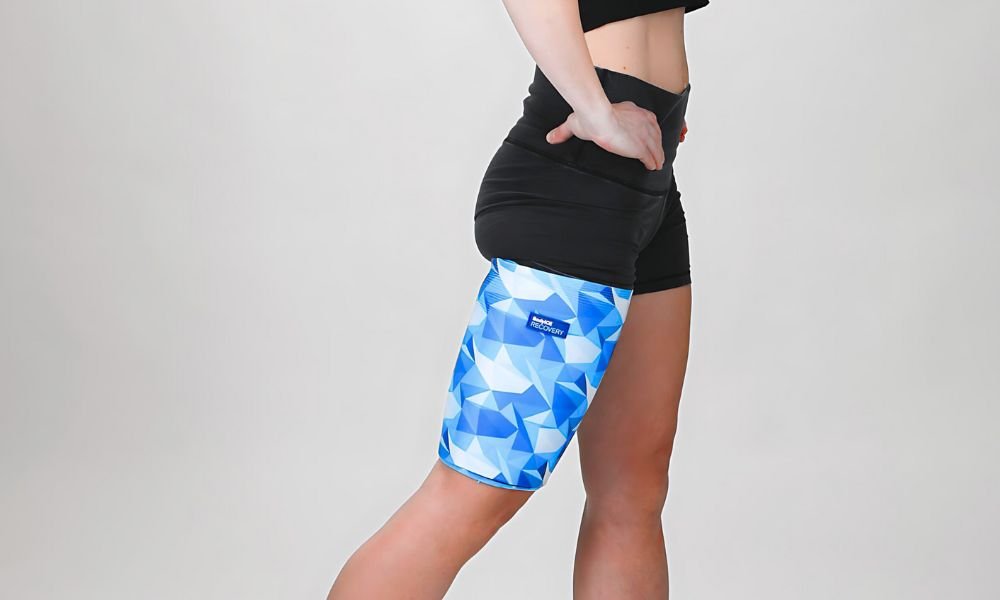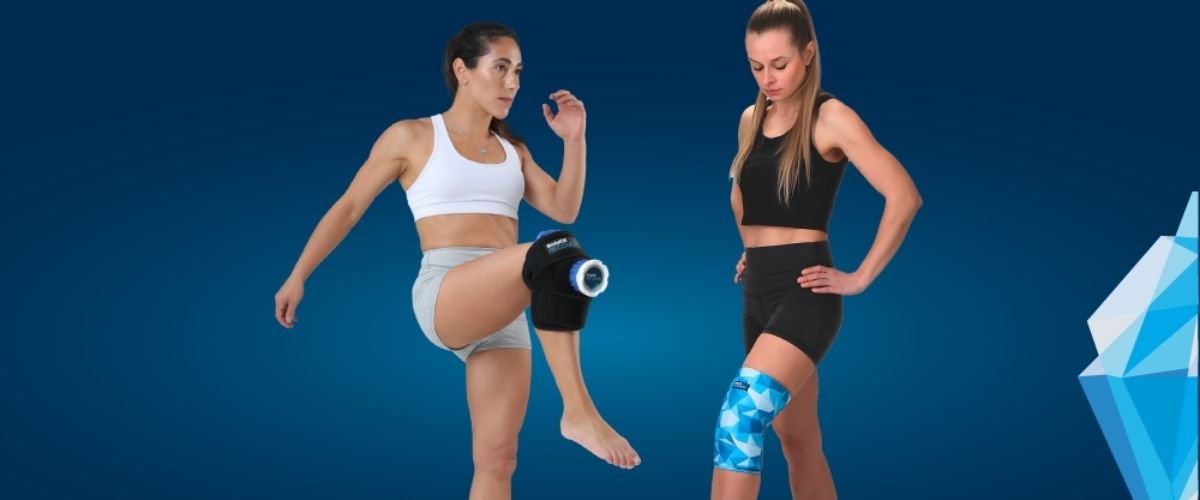Most people blame age, or an injury (old or new), then too much activity or too little activity. They all could play a part, however there’s more than one type of stiffness so let’s run through how I classify and categorize tightness and stiffness and some options on managing each category.
Pathological Stiffness
This refers to medical conditions that result in body regions becoming extremely stiff such as a frozen shoulder, excessive scar tissue in soft tissues after an injury or surgery (fibrosis), or muscle contractures associated with some neurological conditions or muscular dystrophy.
Options
- Stiffness and tightness that is associated with a medical condition as mentioned above (there are others) requires medical assistance and care appropriate to each condition.
Protective Spasm
Most of us have experienced protective spasm at some point in our lives. The classic is a wry-neck, where muscles on one side of the neck spasm usually after one of the facet joints in the neck are irritated or injured.
This type of spasm is a clever way for the body to ‘splint’ a region to help protect it. However, rarely is it comfortable! This type of spasm is often only short term.
Options:
- Wait it out if you’re tough enough. Most of the time this type of spasm resolves in a few days, but the reason it occurred in the first instance requires consideration.
- Manual therapy and gentle exercise. A combination of hands on work and appropriate exercises has been shown to be more beneficial than placebo treatments in neck and back pain studies (1,2).
Pathological stiffness and protective spasm are more so related to clinical conditions that require a health professional to manage. I included them in this blog for completeness, however it’s not the reason most people feel tight and stiff on an ongoing basis. For that read on…
Fear of Movement
Kinesiophobia, or the fear of movement, can affect people in various ways. Typically we see people avoiding certain movements after an injury or episode of pain. A good example is people with (or who have had) lower back pain who are reluctant to use their full range of motion in their lower back in fear of re-aggravating or worsening the pain. I’m sure you’ve seen people like this – and how would you describe how they look? Stiff!
A small 2013 study (3) investigated 14 people with lower back pain who had pain related fear. The researchers found that fear of movement was associated with trunk stiffness, as measured by the movement in the lower back in response to a sudden perturbation.
Now I could do a PhD on the topic, but in the case of this fear of movement with people with lower back pain, where does it come from? Is it instinctive? Or does a lifetime of being told “don’t bend your back when lifting” groom a psychological response to pain and injury in the region?
We also see similar patterns of kinesiophobia in people after an ACL (knee) reconstruction. Half the people who don’t return to sport after the injury/surgery cite a fear of re-injury as a reason (4). We also see people with reduced shock absorption through their knees when doing jump and land tasks (5). How would you describe how they land? Stiff!
In summary;
Fear of Movement = Stiffness
When you assess people in the clinic with non-acute lower back pain, or in later stages of ACL rehab, most of time their range of motion is normal, so it’s not structural. It’s psychological, but people “feel” and move stiff.
Options
- For both health professionals and patients, ensure injuries and episodes of pain are fully rehabilitated prior to discharge. That includes a restoration range, strength, balance etc, but also uninhibited, normal movement patterns.
- If you still fear an activity or movement, you need intervention. A supervised program of progressive exercises to gradually regain trust and confidence is essential.
Muscle Weakness
I have a cliché that I use most days I treat people;
Weak Muscles Get Tight
I’ve used the saying for years and I must admit that for a long time I didn’t have any evidence to back up my confident one-liner. There’s been plenty of work done on muscular weakness and it’s link to injury, especially in problem muscles like the hamstrings. However, I couldn’t pull out a reference supporting my direct claim that weakness caused tightness, or that strength work improved flexibility.
Anecdotally though, I noticed time and time again with my patients that if a muscle was weak and tight – the stronger it got, the better the range/stiffness became both objectively and perceptually.
Thankfully (for me) a paper came along in 2011 which supported my hunch (6). Researchers from the University of North Dakota recruited 25 volunteers who were randomized to either a static stretching group or a resistance training group. Various flexibility and strength measures were taken before and after the intervention – either 5 weeks of stretching, or 5 weeks of resistance training.
If you’re interested in the particulars of the exercises and outcome measures you can read the full version of the study here, however it’s important to note that for the resistance training group there was an emphasis on full range of motion for the exercises.
Flexibility improved equally in both the stretching and resistance training groups, compared with a group of controls. It’s only a small study, but the take home message is that you can improve both flexibility and strength with resistance training. Remember, this was all on a group of ‘normals’. My feeling is that this is accentuated further in people with significant weaknesses post injury, surgery, or just neglect.
Options
- Strength training which utilizes full range of motion is likely to improve flexibility and reduce tension in weaker muscles
A Sensation of Stiffness
Some people can experience an ongoing sensation of stiffness and tightness, similar to a chronic pain experience. When assessed, they exhibit ‘normal’ range, muscle tone etc, however the feeling of tightness and soreness, often in the neck and back (but it can be anywhere) is real.
Early in my career as a physiotherapist I loved people with these type of symptoms, as most often I would do a solid session of massage, mobilization, and a good chat and they left the clinic feeling amazing.
What I provided was in one form or another a session of therapy, but probably not manual therapy. Frequently, you find that their tightness and restriction correlates with stress and anxiety with work, family, or sport.
A sensation of tightness and restriction can develop for psychological, rather than physical reasons.
Options
- Massage and manual therapy. Great for the short term, however other strategies need to be included for ongoing self maintenance
- Relaxation techniques to help manage stress. Do whatever works best - yoga, stretching, spa, exercise, or mindfulness are all good options to trial.
The last point I would like to make is that sitting down all day isn’t making you stiff. In a study conducted on mice (7), researchers immobilized the rear ankle in full plantar flexion (toes down) in a plaster cast. They found that only 30 minutes a day of stretching maintained dorsiflexion range (the opposite movement) and prevented sarcomere loss (the contractile unit of a muscle fibre).
So what’s causing your stiffness? Stretching it out isn’t the long term solution.
Originally published on Premax by Randall Cooper. Randall is a physiotherapist and founder of Premax premium massage creams.
Stretching and strengthening go hand in hand and when it comes to injury rehab and management, they are both as important as each other in achieving range of motion and functional strength and stability. Our BodyICE Recovery range is here to help you maximise your recovery and manage your injuries. Whether you're needing a heat pack or and ice pack, our joint specific range has you covered. Check out our bundle offers as well and save!
Lydia x
References
- Gross, A. R., et al. "Manual therapy for mechanical neck disorders: a systematic review." Manual therapy7.3 (2002): 131-149.
- Hidalgo, Benjamin, et al. "The efficacy of manual therapy and exercise for different stages of non-specific low back pain: an update of systematic reviews." Journal of Manual & Manipulative Therapy22.2 (2014): 59-74.
- Karayannis, Nicholas V., et al. "Fear of movement is related to trunk stiffness in low back pain." PloS one8.6 (2013): e67779.
- Flanigan, David C., et al. "Fear of reinjury (kinesiophobia) and persistent knee symptoms are common factors for lack of return to sport after anterior cruciate ligament reconstruction." Arthroscopy: The Journal of Arthroscopic & Related Surgery29.8 (2013): 1322-1329.
- Pollard, Christine D., Susan M. Sigward, and Christopher M. Powers. "Limited hip and knee flexion during landing is associated with increased frontal plane knee motion and moments." Clinical biomechanics25.2 (2010): 142-146.
- Morton, Sam K., et al. "Resistance training vs. static stretching: effects on flexibility and strength." The Journal of Strength & Conditioning Research25.12 (2011): 3391-3398.
- Williams, P. E. "Use of intermittent stretch in the prevention of serial sarcomere loss in immobilised muscle." Annals of the rheumatic diseases49.5 (1990): 316.






Leave a comment
All comments are moderated before being published.
This site is protected by hCaptcha and the hCaptcha Privacy Policy and Terms of Service apply.